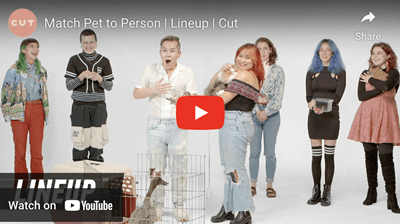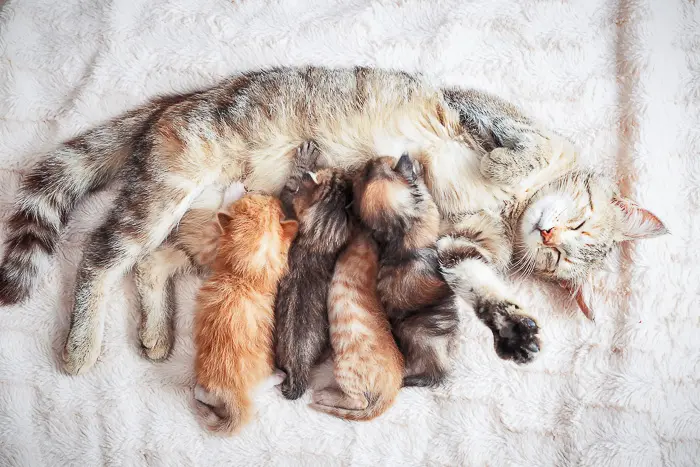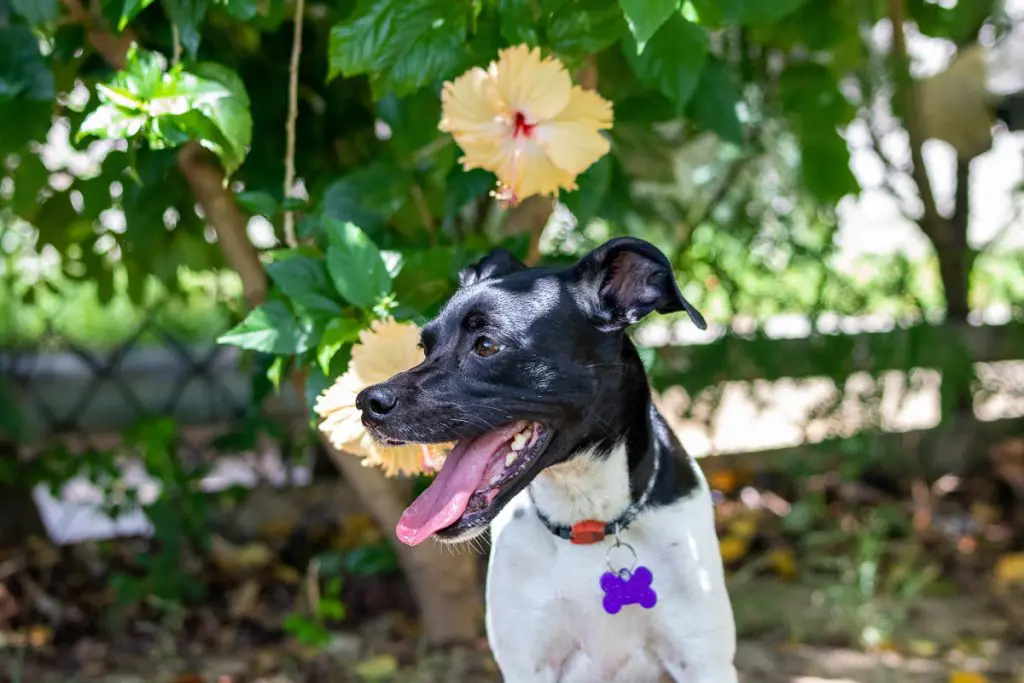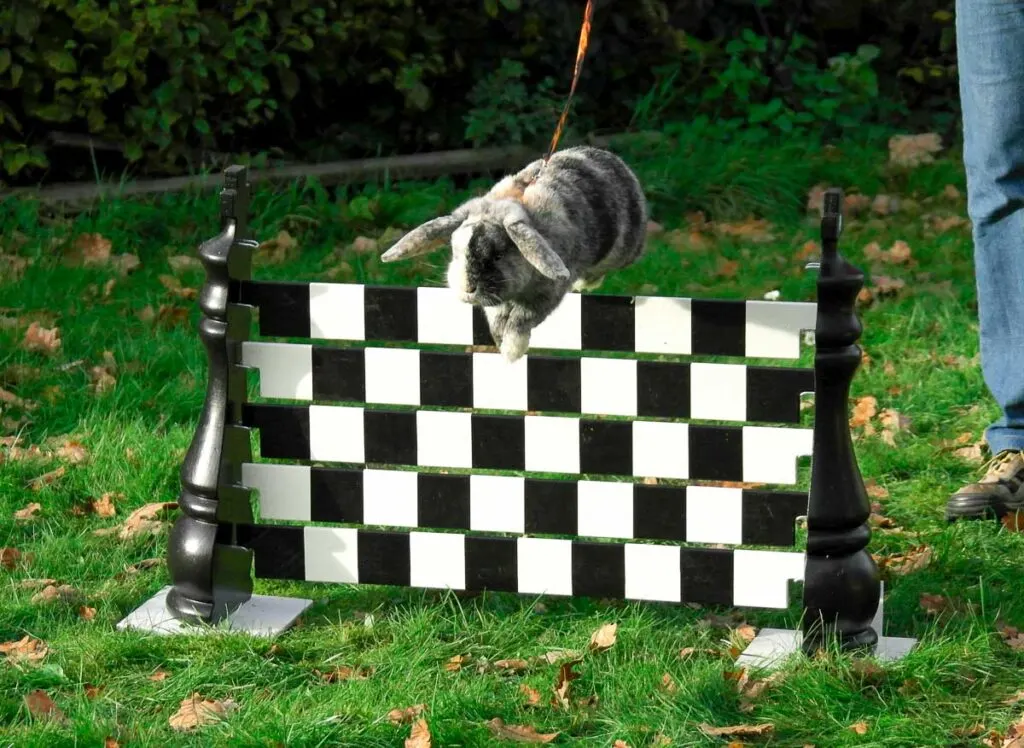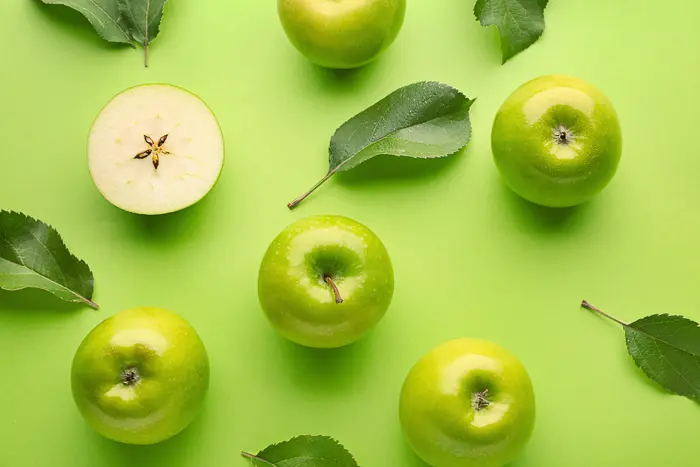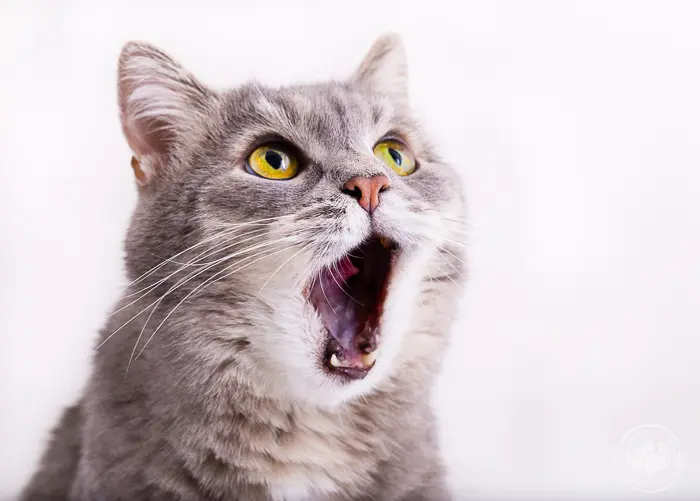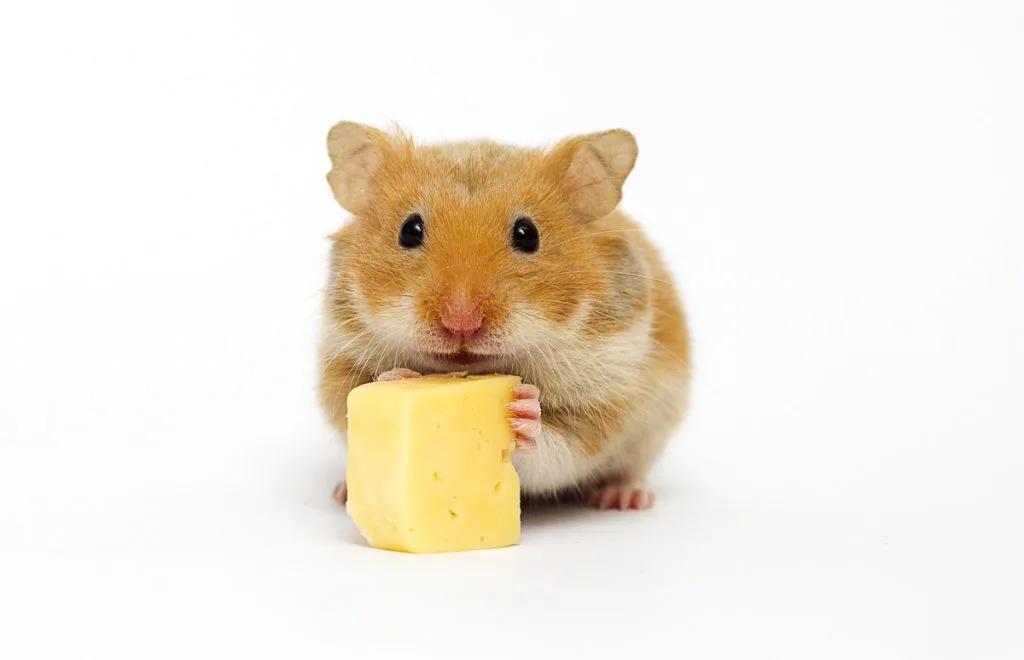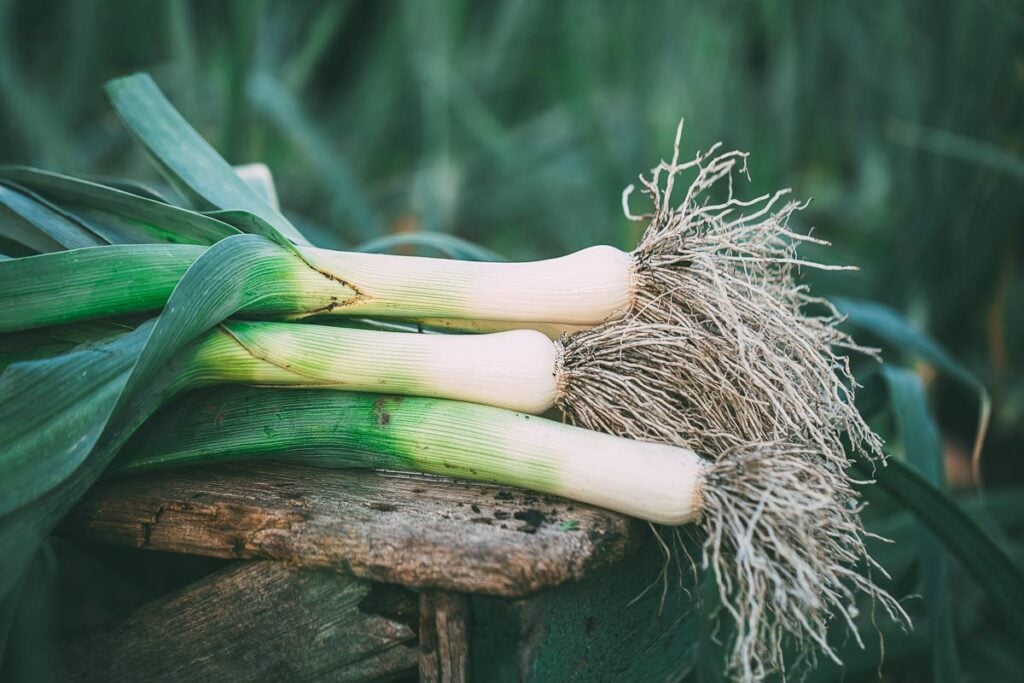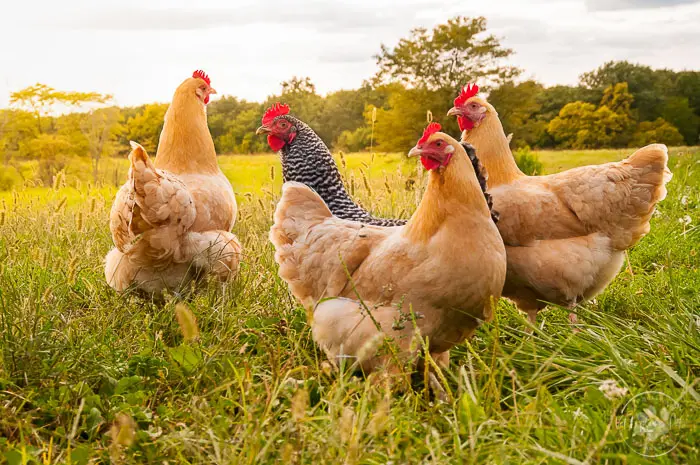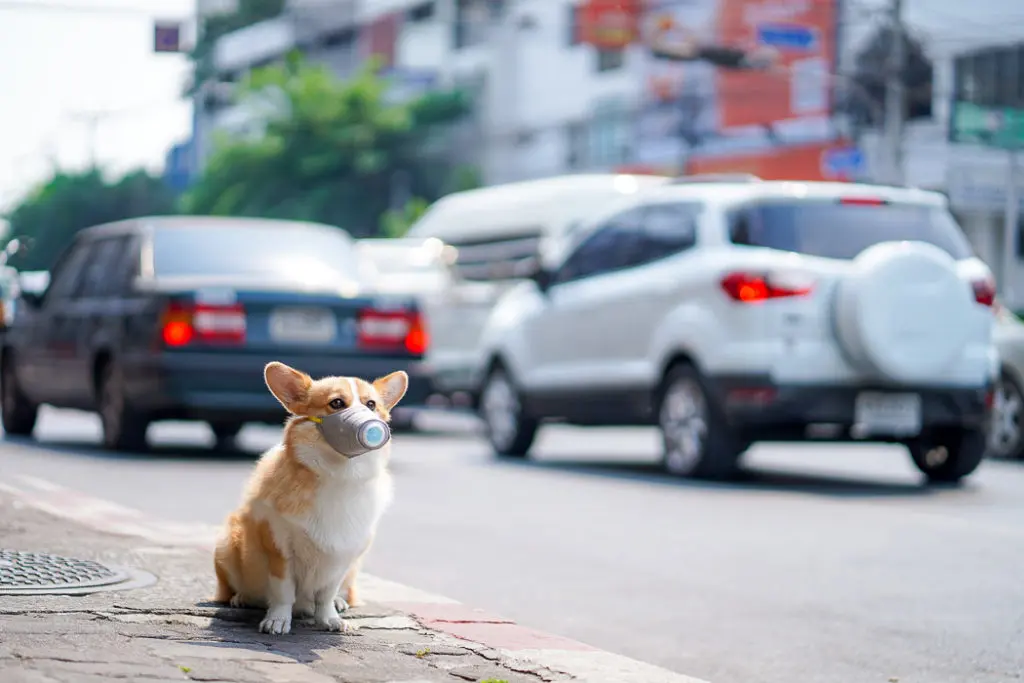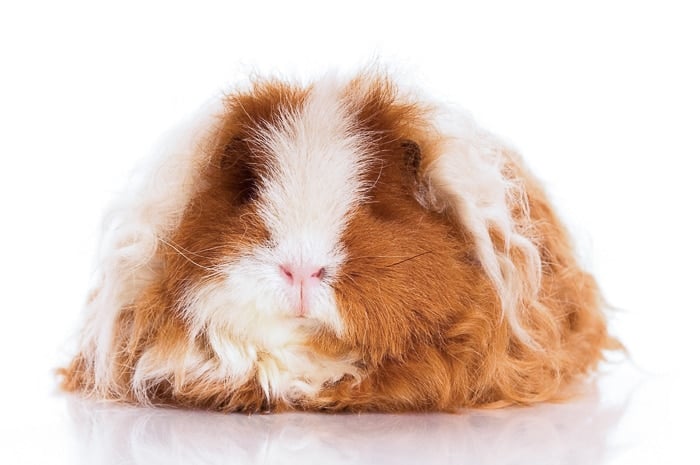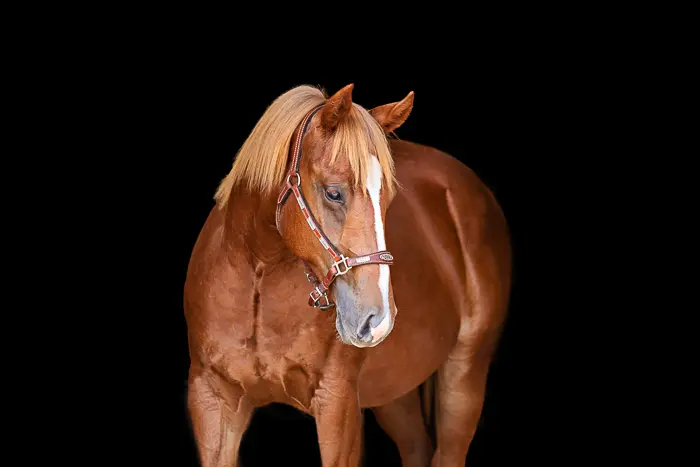Rabbits can make great family pocket pets. Some rabbits seem to be more busy at night than during the day. But how good can your rabbit see in the dark? Do they need a nightlight to help them see at night? Can rabbits see in the dark? Dr. Jess explains all of these answers and more below:
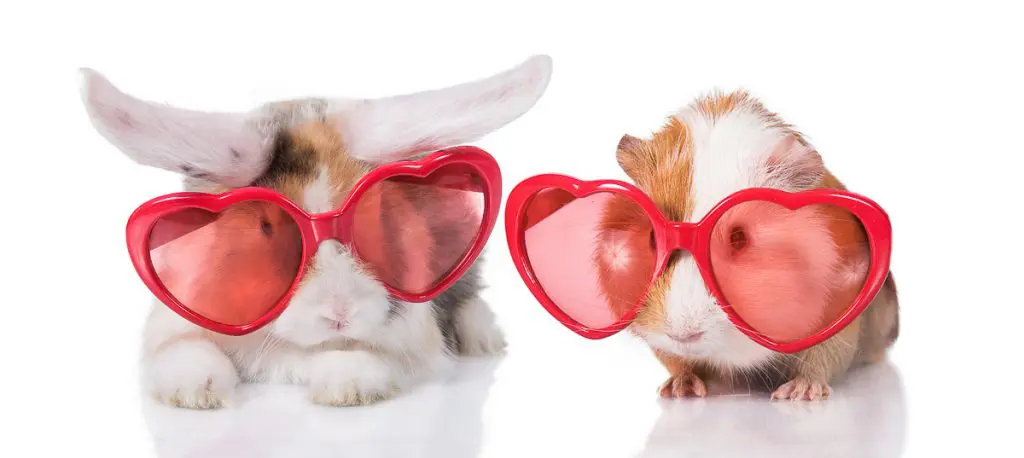
Rabbit Basics:
Rabbits and bunnies are small mammals that hop around from place to place.
They are commonly seen as pets with their sweet eyes, floppy ears, furry faces, and cute whiskers.
Rabbits come in many colors, shapes, and sizes, most commonly seen in shades of white, brown, black, and patches or combinations of those colors.
They can be seen with a large ear for their body size and even have long-eared varieties with even larger drooping ears.
Rabbits have long incisors (front teeth) that are constantly growing and needing to be filed either naturally or by the help of some intervention, both discussed further into this article.

Eyesight Basics:
Rabbits are born with two eyes, with the exception of those who are born with less or who have their eyes removed for medical reasons.
Rabbit eyes are a lot like human eyes in how they are designed and how they work.
Eye Structure:
The outside of the eye is called the cornea and can be easily scratched by nails and other hard pointy objects. The cornea is transparent to the naked eye and must be lubricated by the eye and eyelid to stay healthy.
The white part of the eyeball is called the sclera and the colorful part of the eye is called the iris. Rabbits can have different colors of iris. The most common color of iris is brown, but other colors can occur.
The iris is in charge of letting light into the eye, by making the pupil, the black circular section in the middle of the eye, smaller or larger depending on the need for more or less light into the eye.
The pupil dilates (gets larger) to let more light in, and the pupil constricts (gets smaller) to let less light in.
The lens is behind the iris and helps to send the light to the retina at the back of the eye.
The retina has many photoreceptors and will send the information to the brain to process what the eye is seeing.
The eye is surrounded by soft, moist, pink tissue called conjunctiva to help protect and cushion the eye and an upper and lower eye lid also help to protect and guard the eye too.
The surrounding tissue also contains tear ducts that release tears onto the eye's surface to help clean, flush out, and lubricate the surface of the eye.
The tears of the rabbit contain multiple substances, including enzymes that help protect the surface of the eye from invaders, such as certain bacteria.
How Does an Animal See? Eye Function:
Pretty much all animal eyes work in the same basic manner. Light is allowed in the eye in various degrees, depending on the eyes structure and adaptations, which can differ depending on the animal in question.
The light is brought into the eye and onto the retina at the very back of the eye.
The retina has many photoreceptors and will send the information it receives to the optic nerve and on through to the brain to process what the eye is seeing to form a picture for you of what you are observing.
What Allows Animals to See in the Dark?
Owls and other animals with excellent night vision have special adaptations that help them see well in darker environments. These are a few physical attributes that these animals have that help them see so well in the dark:
Tapetum lucidum:
The tapetum lucidum is a very thin, reflective surface behind the retina in the back of the eye.
It's beautiful shiny, reflective surface allows light to reflect back into the eye after it’s passed through its original attempt.
So there is a second shot at retrieving the proper amount of light the eye needs in order to achieve the light that it needs.
Rods & Cones:
The cones in our eyes allow us to see different colors, or wavelengths of light. The more types of cones (color receptors) one has, the more colors that one can see.
One extreme example of an animal with many cones, is the mantis shrimp, which has 16 types of cones in their very independent eyes.
This shrimp's color receptors (AKA cones) allow them to pick up on small changes in color that their predators may not, allowing them to flee from danger more easily.
In fact, their eyes are so independent, that they can move independently of one another, much like a chameleon can move its eyes.
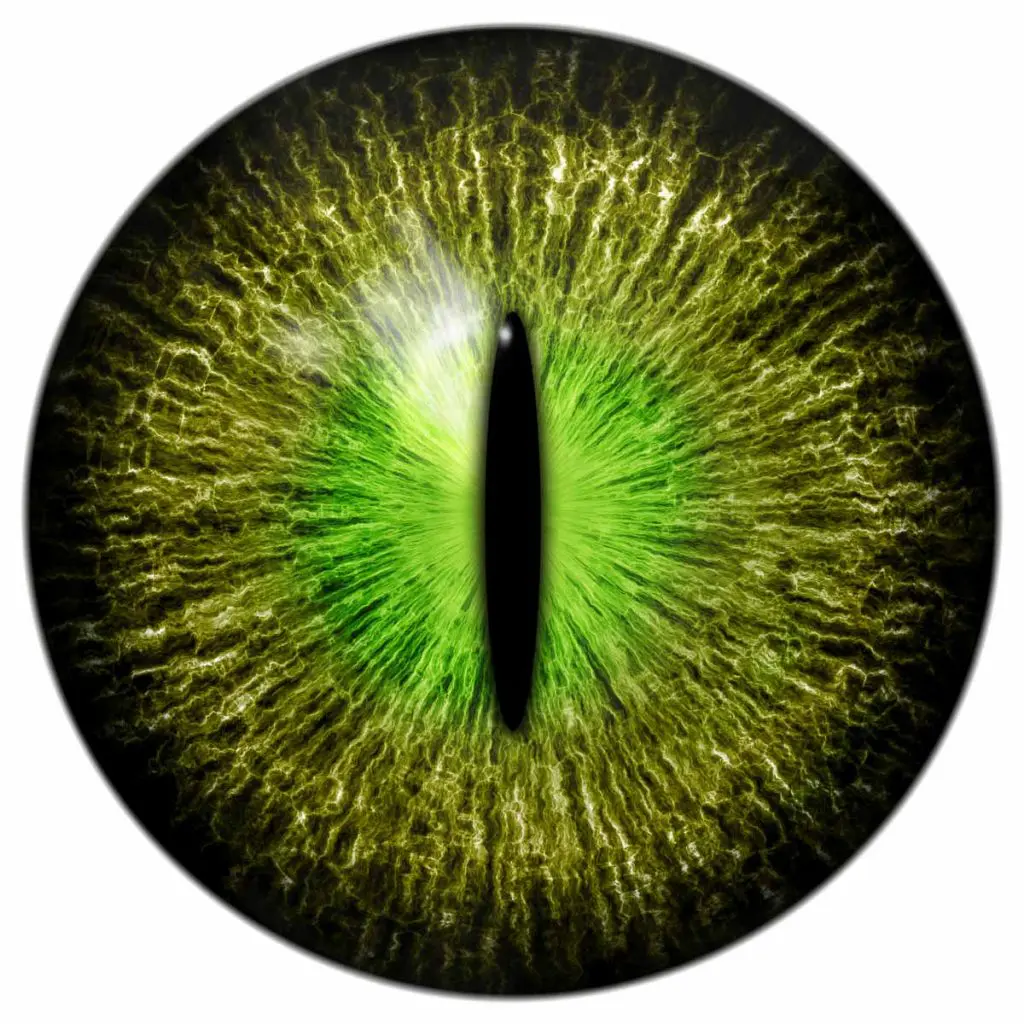
Pupil Shape:
Certain wild animals like wild cats, foxes, and even snakes, have vertical slit-shaped pupils that allow them to better see at night and have better depth perception too.
How Well Do Rabbits See?
Rabbits do not have the best vision around, but they also do not have the worst. Let me dive a little bit deeper here and get more specific.
Peripheral Vision:
Studies have shown that rabbits have around a 340 to 350 degree eyesight.
340 degree eyesight means that they have very good peripheral vision. It means that they can almost see 360 degrees, all the way around them.
The area straight in front of them where there nose is placed on their head, is an area where they can not see.
Their eyes, which are set on the sides of their head, are placed purposely off to the side of their head in order for them to have better peripheral vision, much better than us humans!
Color Vision:
For the most part, most can agree that rabbits can definitely see colors [source], but to what degree that they see other colors, is still undetermined and up for debate.
Depth Perception:
One area where rabbits do not do well with is in the depth perception department.
Rabbits are considered hyperopic, the medical term meaning that they are long-sighted.
This means that they see more clearly, things that are farther away than things that are closer up.
This makes sense when you think about the fact that rabbits are prey animals, always looking out into the distance for predators coming to hunt them down.
It is much more beneficial for them to see clearly from far away, then from close up.
Because of this poor depth perception, this small prey animal must use its other senses, which are much more reliable, so survive and to help them move about, espcially in the dark.
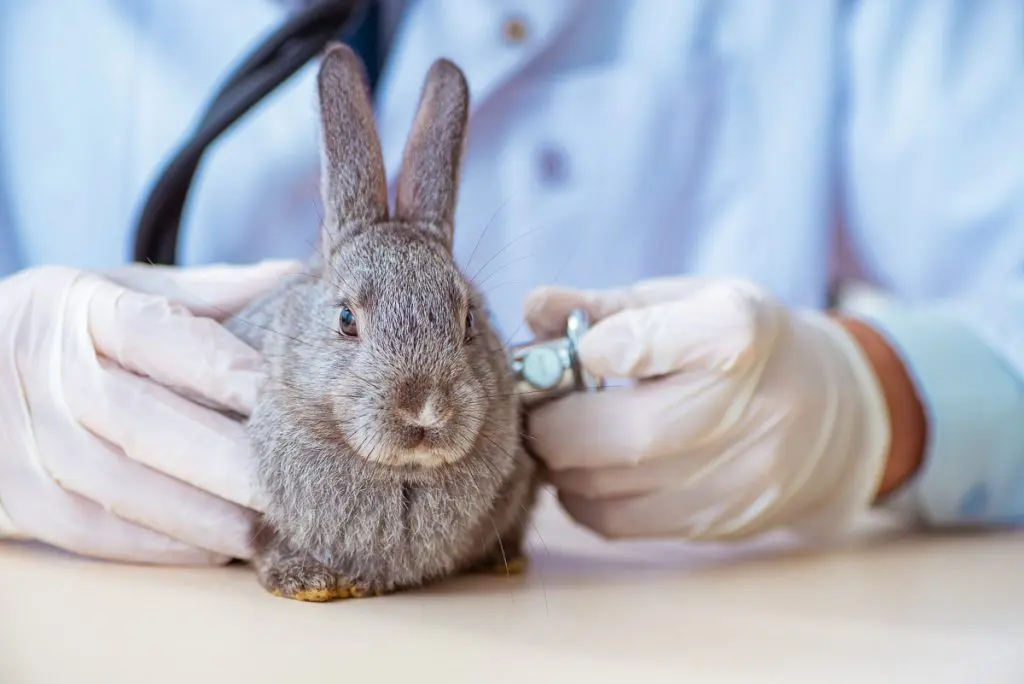
Can Rabbits See in the Dark?
Well, one thing that is widely known, is that light is needed to see in the dark.
No animal can see anything in complete lack of light or complete darkness.
For an animal to see, light enters the eye and then is sent to the back of the eye, where receptors transfer what was seen through the optic nerve and then on to the brain to be processed into a picture of what the being is “seeing”.
It's a process with many steps that happens in less than a split second. But it all starts with at least a little bit of light.
Therefore, it is safe to say that rabbits can not see in complete darkness.
But then there is the debate on how well they can see in dark or darker environments…
Remember that rabbits are crepuscular – they are most active at dawn and dusk and can see when there is still light coming from the sun.
Rabbits can not see very well in the dark.
They do not have the adaptations that other animals, especially nocturnal animals have, that allow them to see well at night.
Therefore, rabbits must rely on other senses to help guide them at night so that they can move about and sleep safely and to stay away from their predators.
Senses to Help Rabbits ‘See' at Night:
Sense of Smell:
Rabbits have a great sense of smell. This sense of smell can help them to help them “see” at night when combined with other senses and adaptations discussed below.
Whiskers:
Vibrissae, also known as facial whiskers on animals, can very similarly to cat whiskers it is thought.
These whiskers help your rabbit measure distances and figure out shapes that they can sneak in and out of even when they can not see well.
If their whiskers get bumped, the rabbit will know that something is nearby their face. These whiskers help them to “see” better in the dark.
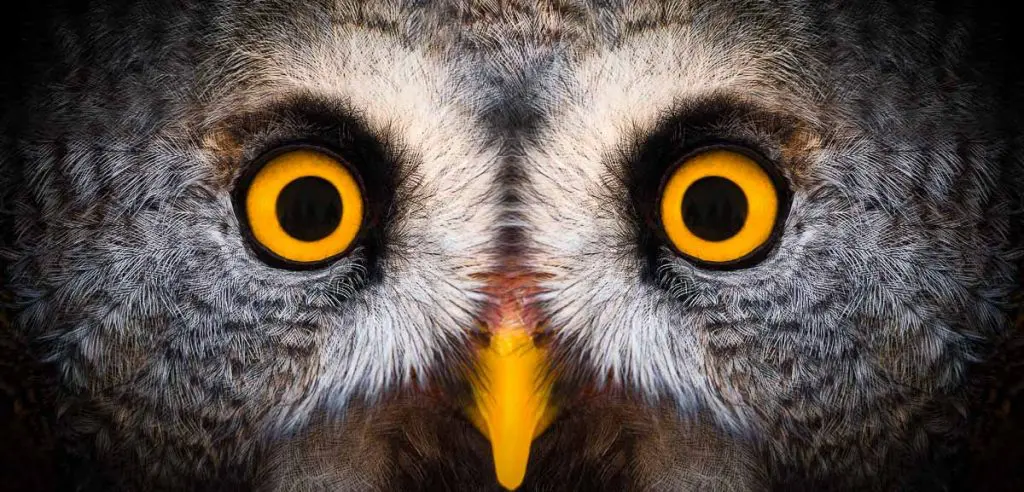
What Animals Can See Well in the Dark?
To see well in the dark, some animals have special features that allow them to be better equipped for darker environments than other animals.
For instance the owl has a few adaptations that make it very easy for them to see extremely well at night.
For starters, they have tubular-shaped eyes that are quite large for their bodies when compared to other animals of similar size.
Their eyes are also much more sensitive to light due to the large number of rods in their eyes (retinas) and the fact that they also have the tapetum lucidum to help them see at night as well.
Also, the way that their iris in their eye can adjust, the iris can widen a lot to allow even more light in at night than most other beings – remember, no matter if it seems dark out or not, light must enter the eye in order for anything to “see” in the dark.
Animals can not see in complete darkness because of the lack of light!
Sharks are another animal that can see well in the dark… and in the water too! This is because they have the tapetum lucidum to help them out as well.
Another animal with amazing night vision is the frog. Frogs can see colors in very very dark environments, far better than us humans or most other animals ever could imagine, because of the contrast that they see due to differing types of rods in their retinas!
Do Rabbits Prefer to Sleep in the Dark?
Rabbits are crepuscular, meaning that they are most active at dawn and dusk, when the sun is either rising or setting.
But just because they tend to be active at dawn and dusk, does not mean that they do not like to sleep in the dark.
Rabbits do like to sleep in the dark.
The darkness allows them to feel more protected and safe because it is harder for predators to see or find them.
And this ‘safe' feeling has been passed on from the wild rabbit or hare, onto the domesticated bunny that we bring into our homes and call our pet.
Do Rabbits Sleep With Their Eyes Closed?
Rabbits can sleep with their eyes open, even though not all bunnies will sleep with eyes open.
Usually rabbits will sleep with their eyes open when they feel that they need to stay alert and ready to flee at any given second. This is important for rabbits out in the wild, but not so much for domesticated pet buns.
When a rabbit becomes more comfortable with their surroundings, then they may someday close their eyes, or at least partially close their eyes, when sleeping.
Summary:
Rabbits can see in the dark, but not very well compared to a lot of other animals. Find out if guinea pigs or dogs can see in the dark too!
They do see better than humans can see in the dark however.
That is why rabbits have adapted by using other senses, to help them maneuver and navigate in dark settings.
These senses and adaptations, such as great smell and good hearing, as well as whiskers, help make dark environments easier to “see” in.
Not all of a rabbit's sight in dark situations is done with their eyes.
Because rabbits can easily navigate their surroundings without light, it is not necessary to provide them with artificial light or night-lights at night in their enclosures.
They do just fine without any help!
If you are worried about your rabbit's eyesight, contact your awesome local veterinarian immediately to discuss further exploration into the issue.

![[Vet Explains Pets]](https://vetexplainspets.com/wp-content/uploads/2024/09/cropped-vetlogo-199x66.png)
